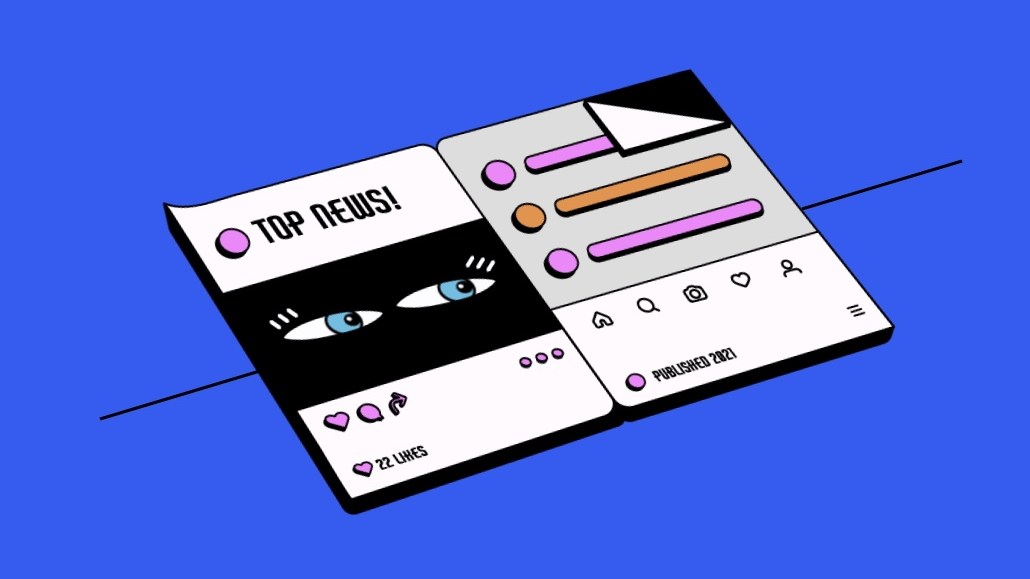With the introduction of video ads and e-commerce, Roblox looks to attain platform status

With the launch of e-commerce on Monday and video ads today, Roblox has made its ambitions loud and clear. No longer satisfied with being a hub for gamers, the company is looking to transform into a destination for all aspects of digital life — including advertising.
As of today, Roblox has expanded access to its video ad inventory to all advertisers, following a six-month beta test that kicked off in November 2023. Marketers can purchase video ads through Roblox’s self-serve Ads Manager tool, and the company has also partnered with PubMatic to allow brands to programmatically purchase video ads on Roblox in the near future.
“Advertisers are keenly interested to constantly find new ways to put the brand in a different light — and I think this is pretty new and pretty different,” said Kyle Dozeman, PubMatic chief revenue officer for the Americas. “They’re already major believers in video; they’ve put a lot of investment into their video assets. Finding new ways to put those in front of consumers, and a different and kind of unique, very engaged consumer set, is pretty exciting for them.”
Video ads in Roblox take the form of screens embedded within Roblox’s virtual worlds, much like the billboards and Portal ads that are already visible inside Roblox experiences. The full launch of video ads is part of Roblox’s broader push to get brands to treat it as more of a legitimate advertising platform rather than a testing ground for their innovation budgets.
“I’m really thinking about video ads as a way to remove the friction,” said Roblox vp of global partnerships Stephanie Latham. “There’s tremendous pent-up demand from the market of how they can access our millions and millions of super-engaged Gen Z users. They want to test that out as part of a larger Roblox strategy, but it is the first step, with a very low barrier to entry, to see the results of what’s possible if you authentically engage with our audience.”
More than just ads
Roblox is expanding into more areas than just ads in 2024. Much like platforms such as Amazon and Facebook have transcended their origins to evolve from their origins as online marketplaces and social media channels — and similar to Elon Musk’s push to turn Twitter into an “everything app” over the past year — Roblox is in the midst of a transformation into a platform for all elements of users’ virtual lives, building outward from its established role as a digital playground.
Roblox executives don’t want the platform to be a place for kids to log in to play with their friends after school; they want it to be an expansive virtual world that everyone uses to socialize and do business. A metaverse, in other words.
“The reality is that these audiences shift in and out of digital and IRL seamlessly. All the steps that Roblox has taken are just the natural — and very welcome — evolution in merging those worlds,” said Ricardo Briceno, chief business officer of the Roblox development studio Gamefam. “Commerce is a great example, and all of these ad formats are also incredibly important. But these are just more building blocks that provide more integrated and authentic ways for brands to show up on Roblox.”
Video ads and e-commerce are a natural evolution for Roblox, but they represent only the beginning, not the end, of the company’s expansion into a full-service platform. Roblox still has a long journey ahead if it wants to enter the same weight class as giants such as Amazon and Facebook.
Testing and learning
One potential source of friction as Roblox expands its offerings is that it is still openly approaching some of its latest updates as experiments, from the Walmart e-commerce pilot to an ongoing beta test of a feature that awards free bonuses or items to watchers of video ads. As video ads go into a full launch, some experienced Roblox users have decided to stay clear of them until the early problems shake out.
“I don’t like to be the guinea pig,” said Marcus Holmström, the CEO of the Roblox studio The Gang, which has used video integrations to promote films such as “Godzilla vs. Kong” inside its Roblox experiences.
To help patch up any such potential growing pains, Roblox has been hiring talent from other major digital platforms. Earlier this month, the company brought on Ben Fox, who previously served as chief product officer for Yahoo’s ads business, as its vp of partnership operations, as well as David Vespe, a former director of engineering at Google, to lead the Roblox ads engineering team.
“Our devs are looking for more ways that they can monetize and make revenue; our brand partners are looking for more ways that they can reach the audience,” Latham said. “And so it just feels like, for us, the perfect moment where we can deliver value to all aspects of our community.”
Roblox’s evolution toward platform status did not take place overnight. Building a metaverse platform has been part of the company’s game plan since its early days, and this week’s launch of e-commerce and video ads is simply a reflection of those long-term plans. Roblox has already established a vibrant virtual economy for both brands and creators — but this week’s updates will help the company bridge the gap between its virtual world and the very real world of brands and marketing.
“Roblox has been at this vision of a metaverse platform for a long time — for many years,” said Kiran Alumbaugh, president and COO of the Roblox and Fortnite Creative studio y255.
More in Marketing

As the line between B2B and B2C marketing blurs, Workday taps humor in consumer-facing media channels
As the crowded digital landscape challenges marketers to stand out, B2B company Workday tests a B2C marketing strategy.

How the NBA’s broadcast rights tussle could affect advertisers
Streaming could change the NBA advertising landscape, say media experts.

Ad tech vendor Colossus faces scrutiny for alleged mismanaging IDs
Concerns stem from a report by ad transparency startup Adalytics, which discovered that Colossus was mislabeling IDs, leading to unintended ad purchases.








